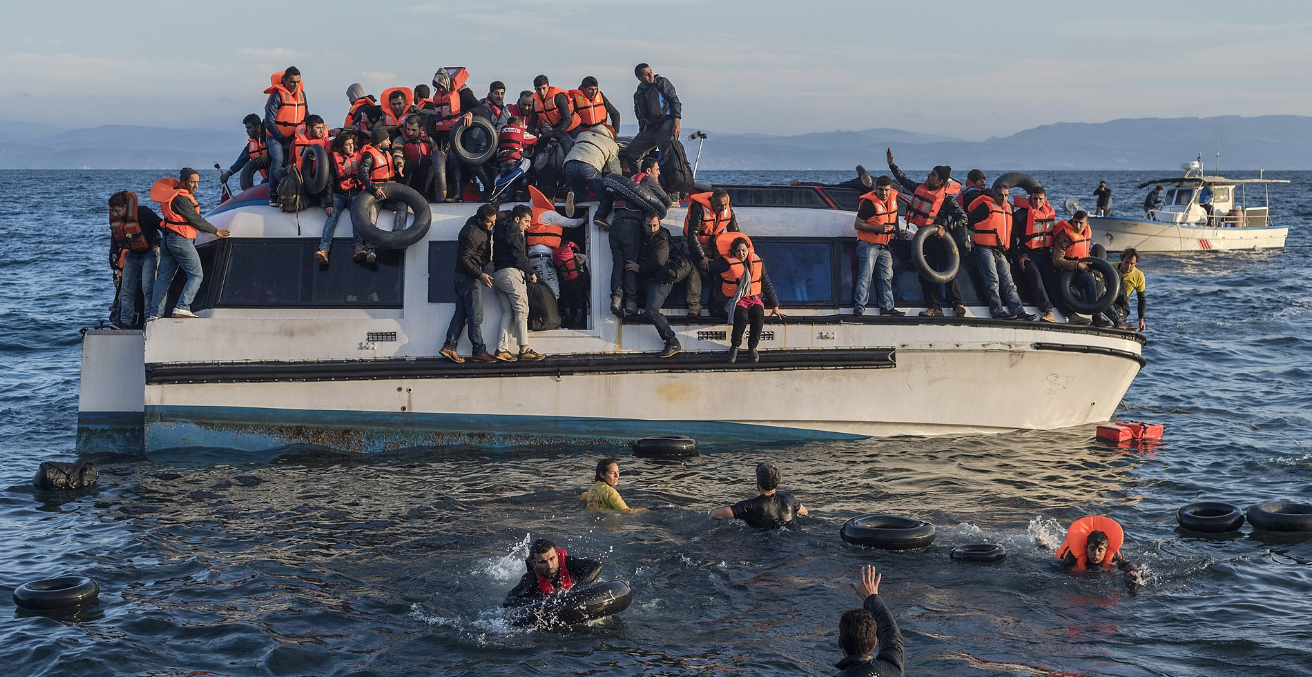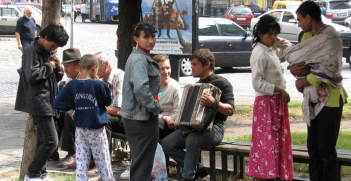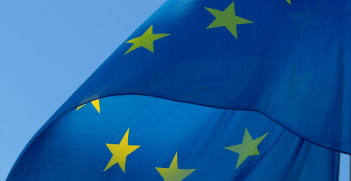The European Migration Crisis in 2020 – déjà vu?

Those carefully staying on top of European news media might be experiencing the eerie feeling that they have been here before. When in spring and summer, more refugees arrive at the borders of the European Union, will it be prepared to deal with the legacy and ongoing challenges of the 2015 European migration crisis?
In the dying days of 2019, Turkish President Recep Tayyip Erdoğan announced his country cannot take any more migrants than the almost 4 million refugees already there. On 11 February, Greek authorities announced that they would start setting up closed migrant camps. Italy is frequently in the news for how it is dealing with migrants, attracting criticism from organisations such as Amnesty International for failing to provide sufficient humanitarian protection. Even when a new government without the Lega –– the far-right political party and its leader Matteo Salvini –– emerged out of the political crisis last autumn, the sensitivity around migration did not disappear. Witness, for instance, Italy’s recent renewal of the Memorandum of Understanding on Migration with Libya, whereby Italy assists in sending people back to Libyan detention centres where circumstances are dire. Is this the silence before the storm?
The European migration crisis (some call it the “refugee crisis”) came to the forefront when, in 2015, many more people than in previous years arrived at the borders of the European Union (EU) and sought refuge in EU member states. Some estimates suggest that in that year alone, one million people irregularly crossed into the EU in hope of a better future. Many of these migrants made the treacherous journey across the Mediterranean Sea in overcrowded boats or travelled over land for hundreds of kilometres into Europe via Turkey. These perilous voyages led to deaths, displacement, and a lack of humanitarian support for people in need. It also posed public policy dilemmas for individual EU member states, and the EU as a whole. Refugee requests doubled in the EU in 2015, with a disproportionately high number of applications for asylum lodged in Austria, Germany, Hungary, and Sweden, relative to their populations. Since then, asylum applications have decreased (roughly 400,000 in 2016; 190,000 in 2017; 150,000 in 2018 and 130,000 in 2019 according to the International Organisation of Migration).
Prior to 2015, the standard approach to asylum had been the so-called “Dublin Regulation,” which stipulated that a refugee should apply for asylum in the first EU country they landed in. But given the large number of asylum seekers in 2015, many people travelled onward to the country of their choice and applied for asylum there. At the height of the crisis, member states did not comply with the Dublin Regulation and processed these asylum requests even when the applicants had travelled on from the country where they entered the EU. All in all, the crisis unearthed the weaknesses in the Dublin regime and governments of countries in which the refugee burden was highest demanded a better, EU-wide regime that was more suited to the crisis of the day so that the burden of support could be shared more evenly.
A migrant relocation deal was agreed to by a majority of EU member state leaders, but it was met with objections from various member states – in particular, Hungary, Slovakia, the Czech Republic, and Romania, which had all voted against the deal. The new system did not work well. Some member states temporarily reintroduced border controls. Unable to force upon member states a quota system, a voluntary, opt-in scheme was agreed upon to relocate asylum seekers. This scheme, set up in March 2016, was also part of the “EU-Turkey Statement on Refugees,” in which Turkey agreed to take on more refugees and, in return, the EU promised funds for projects to take care of them in Turkey and visa-free travel for Turkish citizens to the EU.
Why is it so hard to deal with migration issues in the EU? First, it is an issue that transcends borders and thus, requires a communal, European approach. Yet the challenges are not evenly spread. For instance, some countries, such as Germany and Sweden, are popular destination countries for migrants, partially because of migrants’ perceptions about job prospects and other welfare-state services. The Central and Eastern European countries that joined the EU in 2004 have been less popular destinations. The result is a classic collective action problem. Those who experience the most difficulty coping with large numbers of migrants would have the greatest interest in a joint solution, whereas those who are experiencing less challenges are less actively interested.
Second, the EU is based on the four freedoms – freedom of movement of goods, services, capital and persons – which means that EU citizens have the right to travel and work in the EU without obstruction. Yet not all member states have the same social services or standards of living. Any system with quotas needs to be realistic and reflect the fact that migrants, in the short or medium run, are likely to find their way to their destination country of choice.
Finally, migration has been used by populists and other nationalist-oriented political parties to gather support. The challenges posed by this trend have made established political parties and governments of these countries worried about the destabilisation that can occur from the framing of migration issues as an “us” versus “them” phenomenon. The recent decision of the United Kingdom (UK) to leave the EU can be traced back, importantly, to the Leave campaign’s ability to frame migration, and the then-recent migration crisis, as a threat to national sovereignty and the UK way of life.
A joint solution to the uneven distribution of migrants has been explored through various modes: a quota system, financial support for those member states that are supporting more refugees, and keeping migrants outside the borders of the EU while considering whether they are legitimate asylum-seekers (refugees), and thus eventually allowed to be legally present in the EU, or economic migrants seeking illegal entry. The biggest challenge to the EU member states and the European Commission is ensuring an appropriate level of solidarity within the EU on migration issues.
As long as the number of newly-arriving migrants remain low, the existing policies are in place may be sufficient, even though the appalling humanitarian conditions in some of the existing refugee camps (for instance those on Greek Island of Lesbos, or the camps outside the external border of the EU) indicate that there are still major challenges, even with the current numbers of refugees. The already existing difficult conditions for refugees, and the challenges in finding appropriate policy responses are likely to increase as the number of people arriving increases in spring and summer. As of yet it is, unknown the gradual downward trend of annual irregular arrivals into the EU will continue for 2020. The next steps for the EU are to deal with its patchwork of migration policies and the many challenges that still remain –– with or without a major increase in the numbers of migrants arriving this year.
Professor Amy Verdun teaches European politics and political economy at the Institute of Political Science at Leiden University and is on leave from the Department of Political Science at the University of Victoria, in British Columbia, Canada.
This article is published under a Creative Commons Licence and may be republished with attribution.





